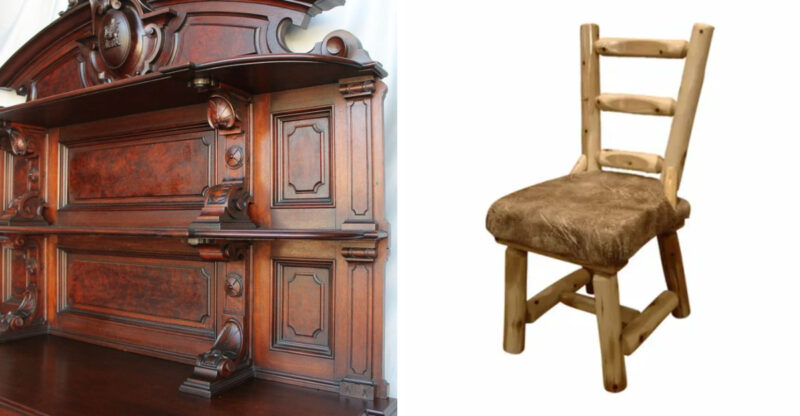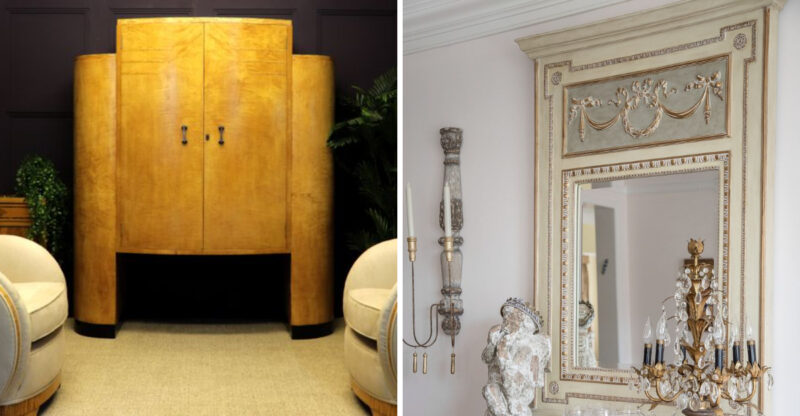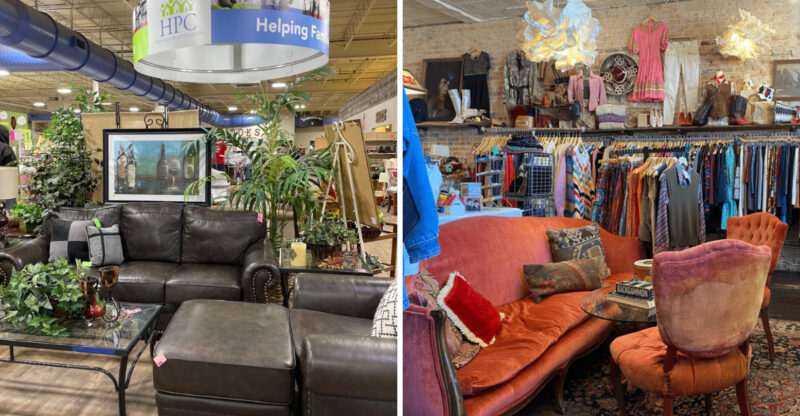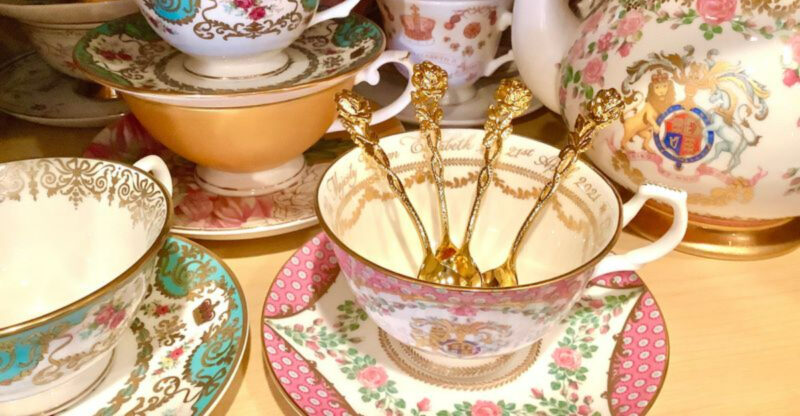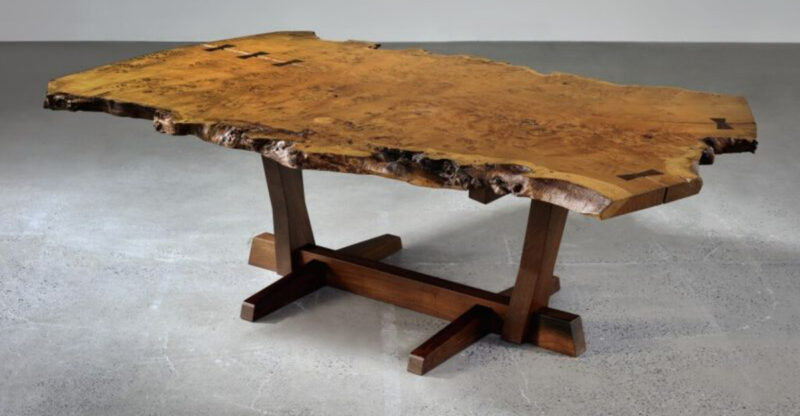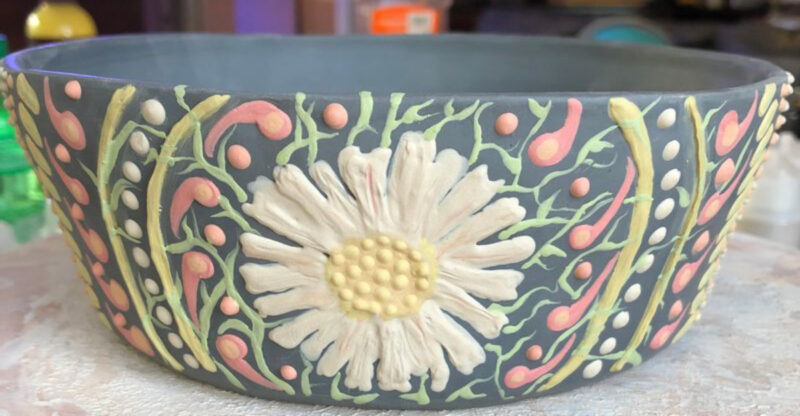What’s Hot (And Not) In New Mexico Antiques: 8 To Keep, 6 To Cash In Now

Hunting for treasures in the Land of Enchantment can feel like striking gold, if you know what to look for! The antique market in New Mexico shifts constantly, with some pieces gaining value while others lose their luster.
Whether your attic holds potential fortune or just dusty memories, this guide will help you sort what’s worth keeping from what should find a new home while the market’s hot.
1. Hand-Carved Spanish Colonial Furniture
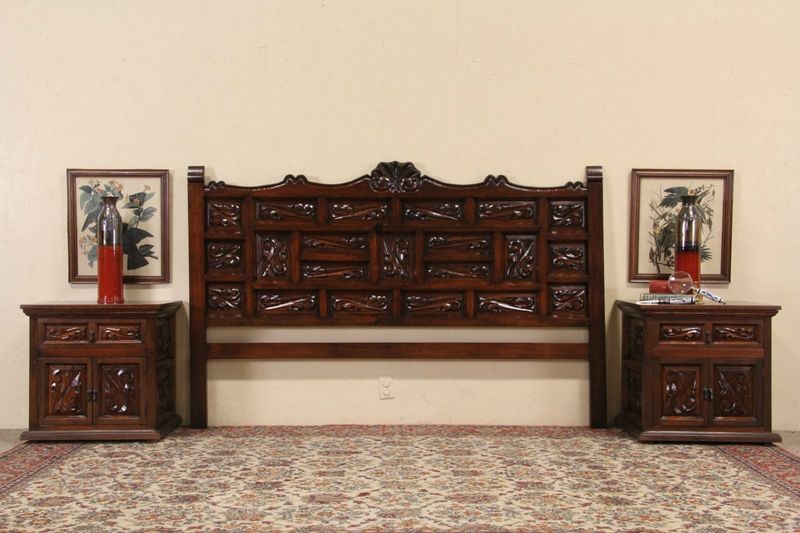
Hold onto these beauties with both hands! Spanish Colonial pieces showcase craftsmanship that modern furniture makers simply can’t replicate.
The hand-carved details and joinery techniques date back to the 17th century, when Spanish settlers brought their woodworking traditions to the Southwest. Look for pieces made from pine or cottonwood with decorative chip-carving patterns.
Their value keeps climbing as collectors recognize the historical significance and exquisite artistry involved in each piece.
2. Vintage Navajo Rugs And Textiles
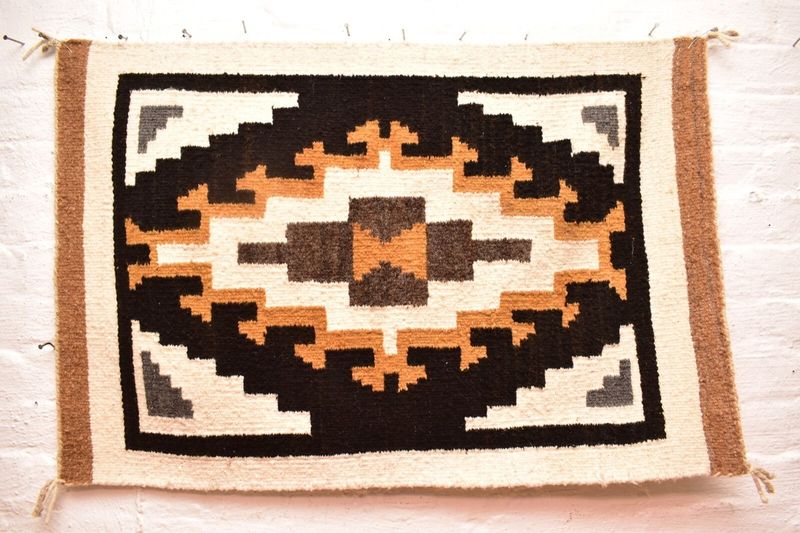
Never part with quality Navajo textiles! Their cultural significance and artistic merit make them prized collectors’ items with steadily increasing value.
Authentic pieces feature hand-spun wool, natural dyes, and distinctive regional patterns like Two Grey Hills or Ganado. Each weaving tells a story through its symbols and design elements.
Watch for tight weaves, even edges, and natural color variations that indicate genuine craftsmanship rather than machine-made imitations.
3. Tin Mirror Frames And Retablos
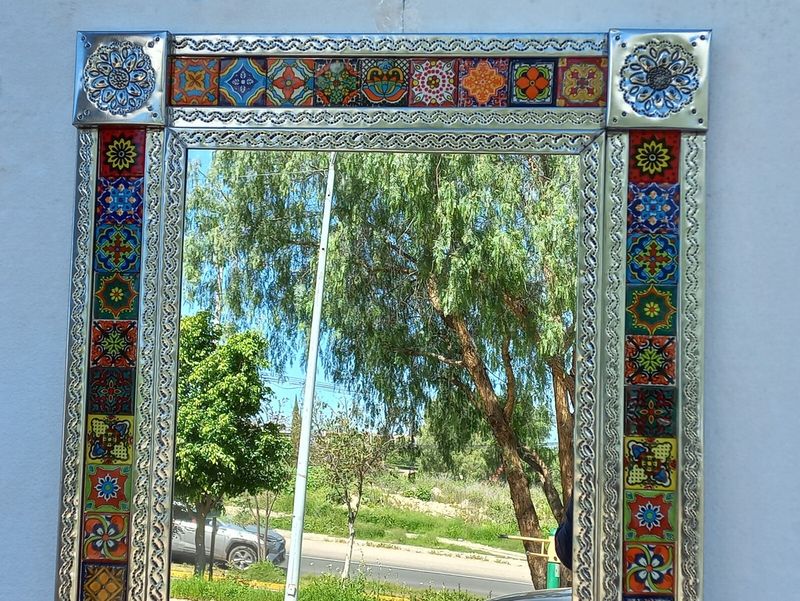
Where else would you find such unique cultural treasures? Traditional tin work represents one of New Mexico’s most distinctive folk art forms.
Dating back to the Spanish Colonial period, artisans fashioned discarded tin cans into decorative frames and religious art. The punched patterns create beautiful light effects when hung near windows.
Vintage pieces from the early-to-mid 20th century by known artists like Higinio Gonzales command premium prices and continue appreciating in value.
4. Mid-Century Modern Lounge Chairs

Did you inherit that funky chair from grandma? Lucky you! Mid-century modern furniture has exploded in popularity among younger collectors and decorators.
New Mexico’s artistic communities attracted designers who created distinctive Southwestern interpretations of this style. Look for clean lines, organic shapes, and materials like leather combined with regional woods.
Pieces from the 1950s-1970s by designers with connections to Santa Fe or Taos add unique provenance that boosts their collectible status.
5. Rustic Mesquite Wood Dining Tables
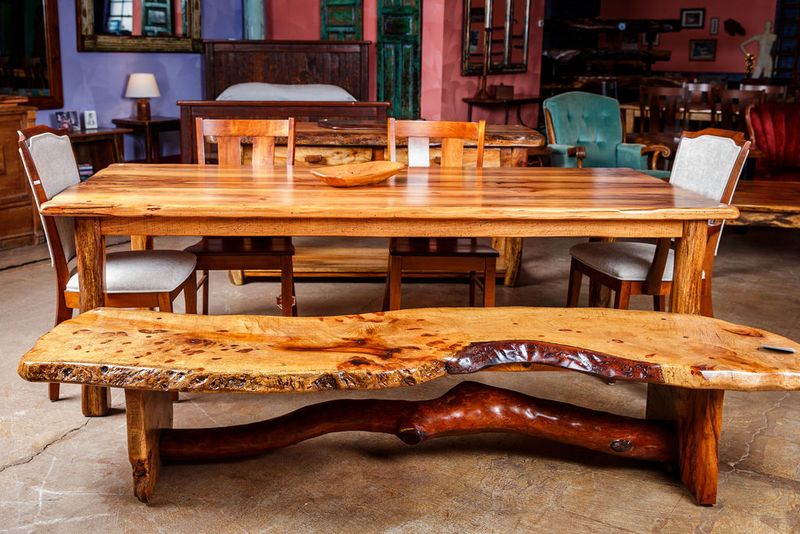
Though heavy as sin, these tables are worth their weight in gold. Mesquite’s dense grain and rich color develop a patina that only improves with age.
Craftsmen prize this native wood for its durability and distinctive character, often incorporating the natural edge or “live edge” into their designs. Vintage tables from the 1930s-1960s show remarkable workmanship with hand-cut joinery and oil finishes.
Their timeless aesthetic works beautifully in contemporary interiors, making them increasingly sought-after by designers.
6. Antique Mexican Talavera Pottery
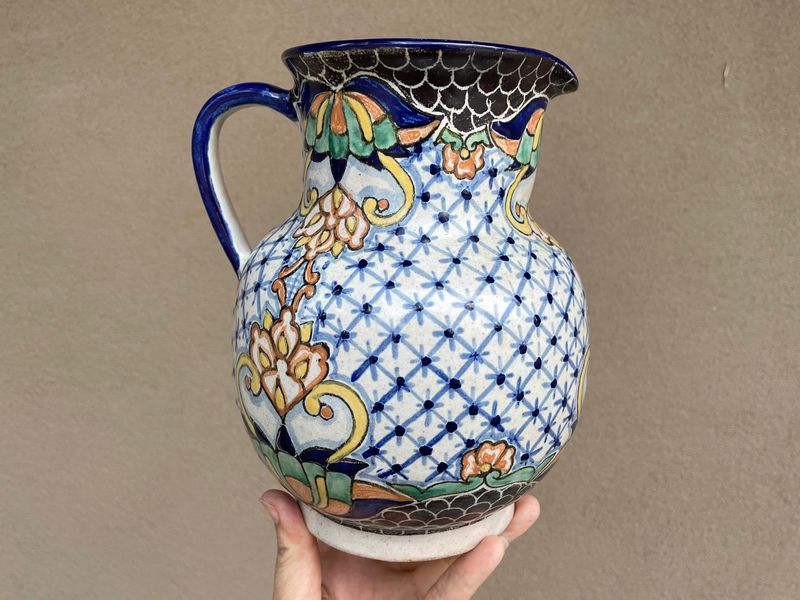
Are those colorful dishes just gathering dust? Think twice before letting them go! Authentic Talavera pottery from Mexico has deep historical ties to New Mexico’s material culture.
The distinctive blue and white patterns (often accented with yellow, green, and orange) reflect Spanish and Moorish influences. Older pieces show signs of hand-painting with slight irregularities that add character.
Collectors particularly value pre-1950s examples with maker’s marks from Puebla, where the finest traditional workshops operated.
7. Wrought Iron Candle Chandeliers
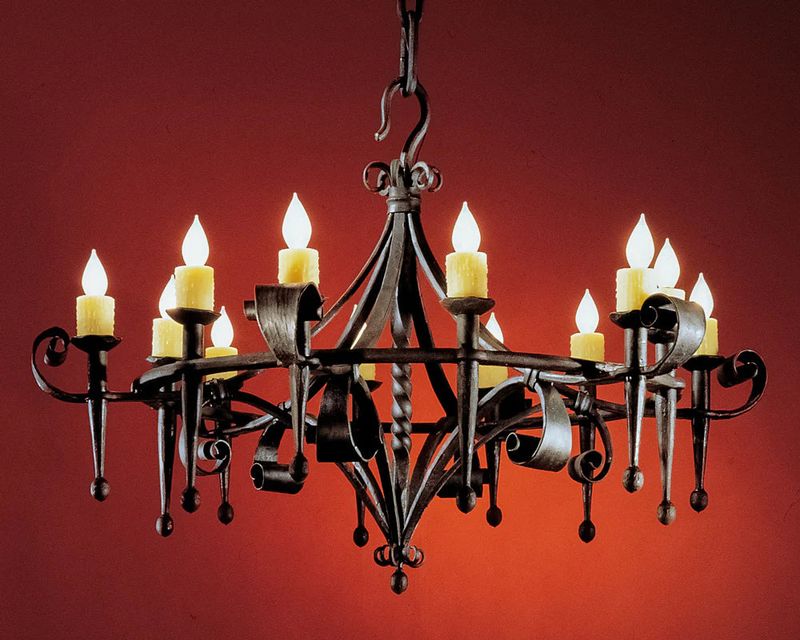
If you’ve got one hanging around, keep it! These dramatic fixtures embody the Spanish Colonial revival style that defines classic New Mexico interiors.
Blacksmiths hand-forged these pieces using traditional techniques, creating organic forms with hammer marks and slight irregularities. The best examples feature multiple tiers with cupped candle holders and decorative scrollwork.
Their dramatic silhouettes cast beautiful shadows on adobe walls, explaining why designers still seek authentic vintage pieces for high-end Southwestern homes.
8. Vintage Adobe Brick Mantels Or Hearth Surrounds
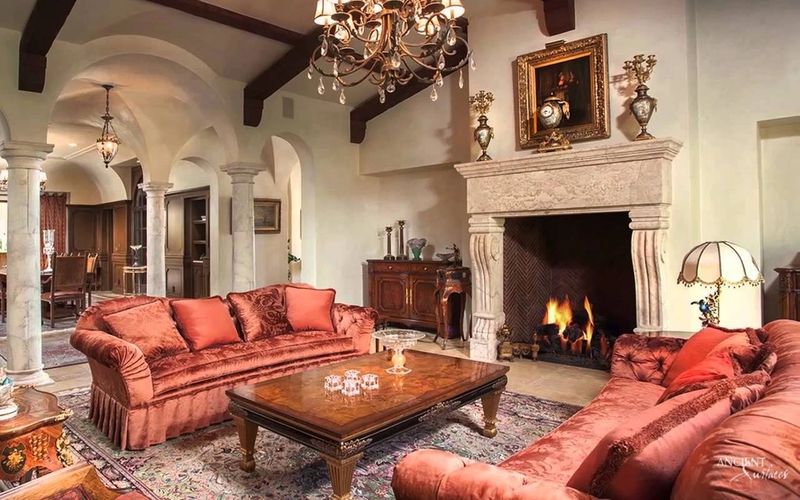
This might sound crazy, but salvaged architectural elements from historic adobes have skyrocketed in value! Authentic adobe features can’t be replicated with modern materials.
The organic curves, hand-troweled plaster, and weathered patina of vintage fireplace surrounds tell stories of New Mexico’s architectural heritage. Preservationists and designers seek these elements for restoration projects and high-end new builds.
Even fragments with nichos (decorative recesses) or banco seating areas command premium prices from collectors.
9. Heavy Pressboard “Antique” Replicas
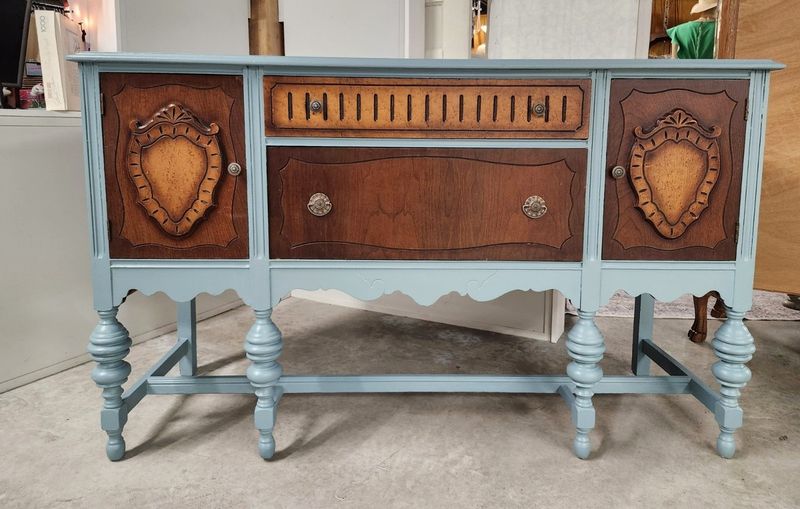
Time to say goodbye to those faux-antique monstrosities! Mass-produced in the 1980s-90s, these heavy pressboard pieces merely mimic Spanish Colonial styles without the craftsmanship.
Often sold as “antiqued” furniture with plastic ornamental details, these pieces haven’t aged well. The veneers chip easily, and the particleboard cores often swell from moisture exposure.
Nobody wants these space-hogs anymore. Sell them while you can still find buyers looking for budget Southwestern decor.
10. Mass-Produced 1990s Southwest Prints
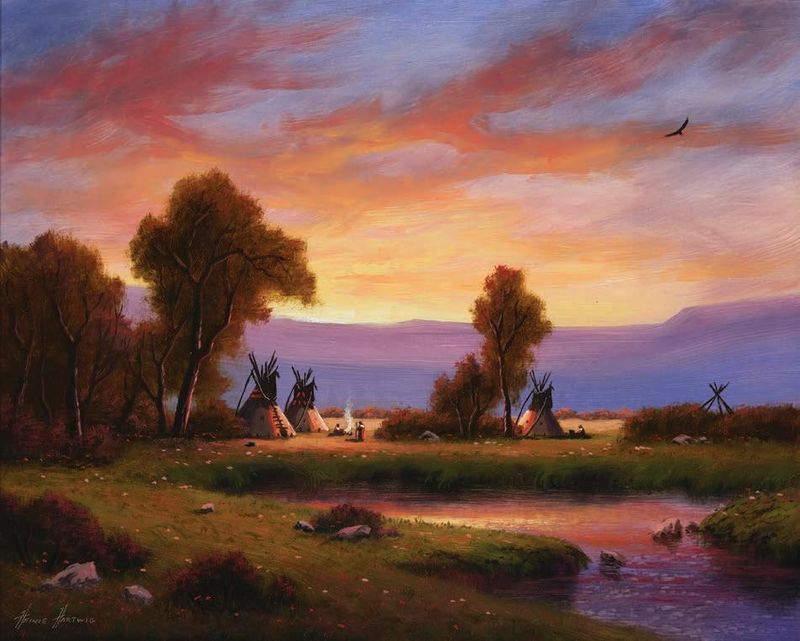
Those framed prints of howling coyotes and desert sunsets from mall stores? Their moment has passed! The market is flooded with these mass-produced Southwestern images from the 1990s tourism boom.
Typically found in cheap metal frames with faded mattes, these prints lack the artistic merit or collectible value of original artwork. Contemporary decorators avoid these dated pieces in favor of authentic regional art.
Sell them now before they completely lose their already minimal resale value.
11. Outdated Oak Entertainment Centers
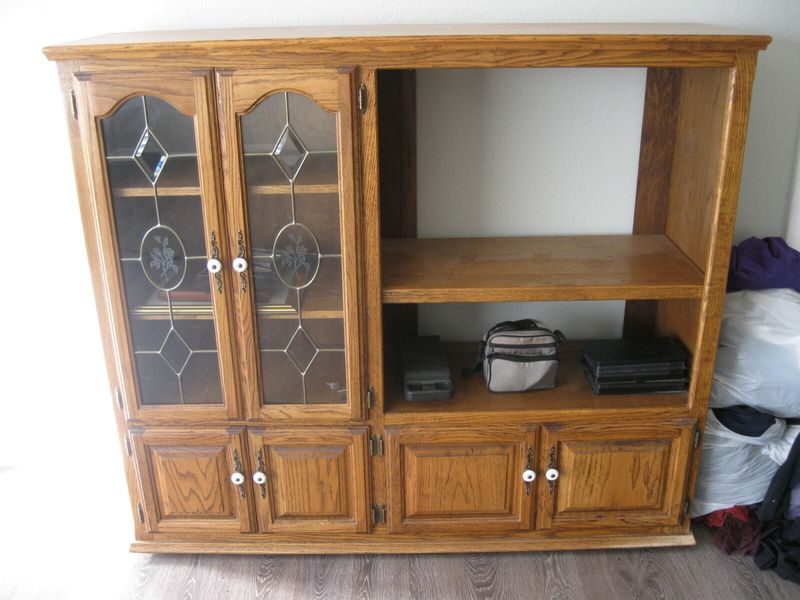
How many living rooms still feature these behemoths? Massive oak entertainment centers designed for tube TVs have become white elephants in the flat-screen era.
These bulky pieces from the 1980s-90s often feature Southwestern-inspired carved details and take up entire walls. Their specialized compartments for VCRs, CD players, and oversized televisions make them functionally obsolete.
Sell yours now while some buyers still seek them for conversion projects or cabin furnishings.
12. Worn-Out Upholstered Rocking Chairs
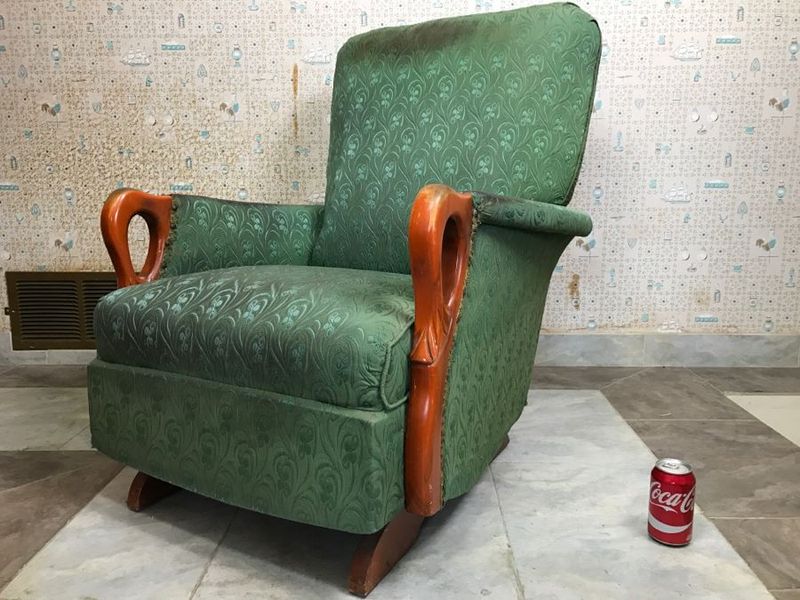
Those squeaky rockers with faded Southwestern fabric have rocked their last! Unless your upholstered rocker bears a designer name or distinctive craftsmanship, it’s likely reached the end of its value cycle.
Mass-produced versions from the 1970s-90s with Aztec-inspired patterns or cactus motifs now look dated rather than vintage. The foam padding deteriorates over time, and the mechanisms often develop irritating noises.
Cash in while buyers seeking “fixer-uppers” might still pay for them.
13. Common Ceramic Figurines Without Provenance
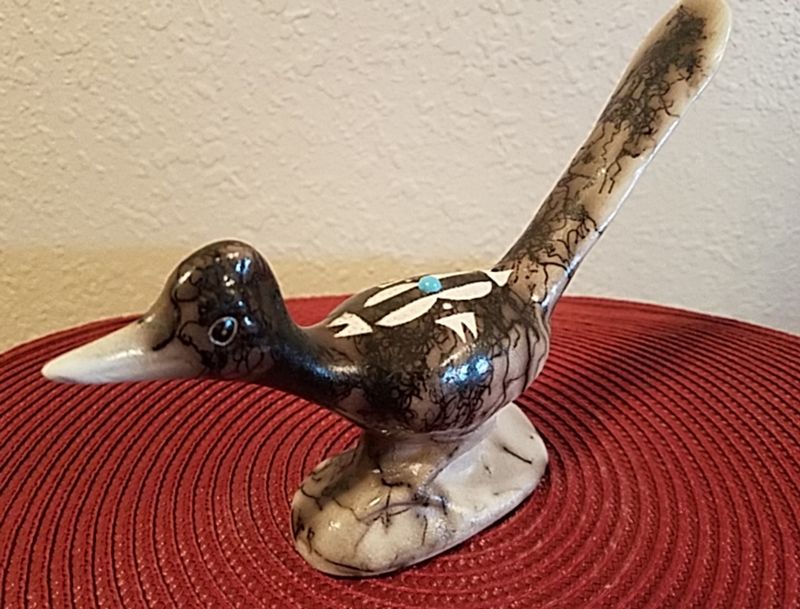
Those dusty ceramic roadrunners and kokopelli figurines cluttering your shelves? They’re not gaining value! Mass-produced tourist souvenirs from the 1980s-2000s have flooded the market.
Without artist signatures, studio marks, or historical significance, these pieces hold minimal collector interest. The market distinguishes sharply between authentic Native American pottery and commercial knockoffs made overseas.
Sell these common items now while tourists or nostalgia buyers might still pay a few dollars for them.
14. Floral Skirted Sofas From The ’80s And ’90s
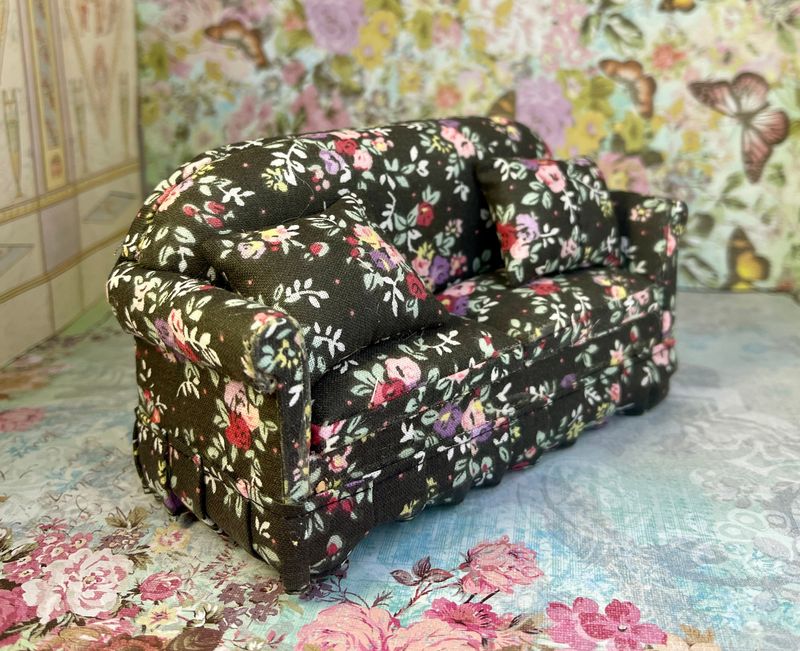
That massive floral sofa with the dust ruffle has got to go! Once staples in Southwestern homes, these oversized pieces with busy patterns and skirted bottoms now scream “outdated.”
Typically upholstered in heavy fabrics with pink, teal, or beige floral patterns, these sofas don’t align with current design trends. Their bulky proportions overwhelm modern spaces, and the formal style feels stuffy to younger purchasers.
Sell now while the vintage furniture market still has buyers looking for budget options.

